

The Lake District, known for its idyllic landscapes, rolling hills, and tranquil lakes, is not just a haven for nature lovers but also a treasure trove of historical gems. Among these, the castles of the Lake District stand as silent sentinels to the area’s rich past, offering a glimpse into centuries of history, architecture, and the lives of those who dwelled within their walls. This blog post invites you on a journey through time, exploring the castles that dot the landscape of the Lake District, each with its unique story and charm.
Historical Background of Castles in the Lake District
The Lake District, celebrated for its breathtaking landscapes, is also steeped in a rich tapestry of history, marked prominently by its castles. These structures, ranging from robust fortresses to elegant manors, are relics of a past where feudal lords and royal decrees influenced the land. The inception of castles in the Lake District can be traced back to the Norman conquest of England, with the earliest fortifications serving dual purposes: asserting Norman control and protecting against invasions and rebellions.
As the centuries progressed, the architectural styles and purposes of these castles evolved. Initially, the motte-and-bailey design was prevalent, characterized by wooden or stone keeps on raised earth mounds surrounded by courtyards and defensive wooden palisades. However, the advent of more sophisticated siege technologies and the need for greater comfort transformed these early castles into grand stone fortresses with thick walls, robust towers, and luxurious living quarters. This evolution reflects the changing dynamics of medieval warfare, politics, and domestic life.
The strategic importance of the Lake District, with its rugged terrain and proximity to the Scottish border, made it a focal point for military and defensive structures. Castles such as Kendal Castle were erected to serve as administrative centers and symbols of lordly power, overseeing the surrounding lands and defending against Scottish raids. Over time, these military bastions became integral to the local communities, serving as courts, marketplaces, and social hubs.
The decline of castle-building came with the Tudor period, marking a shift towards more peaceful times and the rise of country houses and manors that focused on comfort and aesthetics over defense. However, the castles that remain in the Lake District continue to fascinate, embodying the history of conquest, conflict, and the transition to a more settled society.
Castles in Lake District:
Lowther Castle
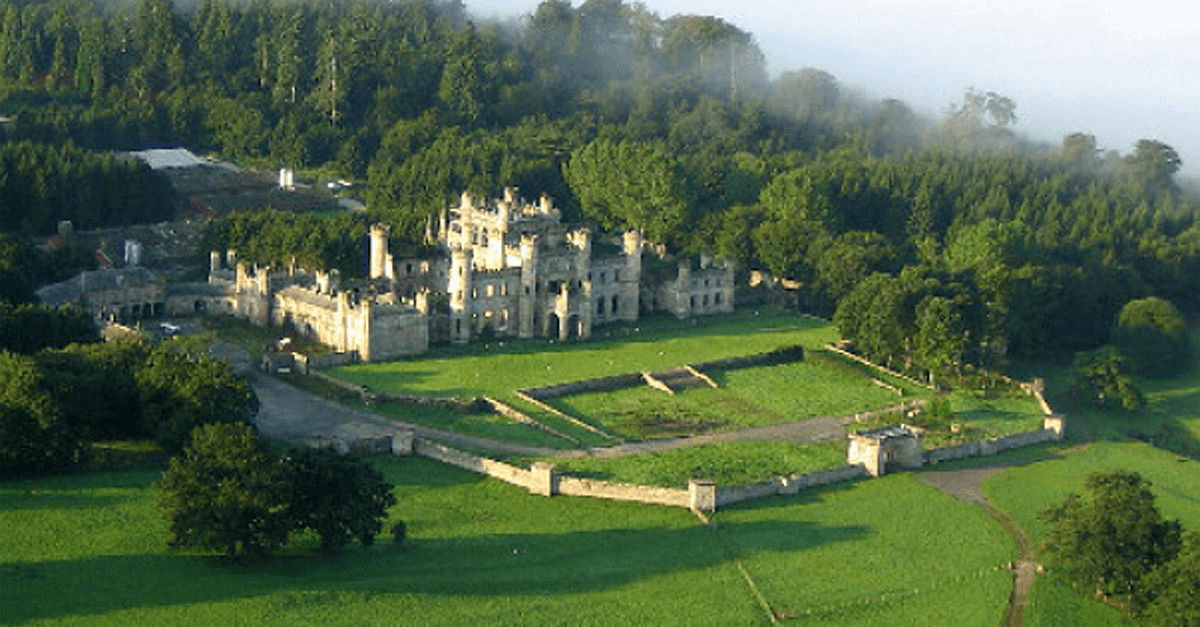
Brief History: Nestled in the Eden Valley, Lowther Castle boasts a rich tapestry of history that spans over 850 years. Originally a medieval stronghold, it was transformed into a luxurious country estate in the 19th century by the Lowther family. The castle witnessed grandeur and decline, ultimately being partially demolished in the mid-20th century, leaving behind the hauntingly beautiful ruins that captivate visitors today.
Architectural Highlights: Lowther Castle presents a fascinating blend of architectural styles, from its medieval foundations to the Gothic revival facades introduced during its 19th-century renovation. The dramatic ruins, enveloped by sprawling gardens, offer a glimpse into a bygone era of opulence. Key features include the intricate stonework of the remaining walls and the vast estate that showcases the evolution of landscape gardening over centuries.
Visitor Information: Today, Lowther Castle stands as an evocative ruin, open to the public for exploration. Visitors can wander through the extensive gardens, now restored and featuring a variety of plantings and landscapes. The castle also hosts events, exhibitions, and has a café and shop, making it a perfect destination for history enthusiasts and families alike. Access is facilitated through ticket purchases, with details available on their official website.
Photo Author Simon Ledingham
Muncaster Castle
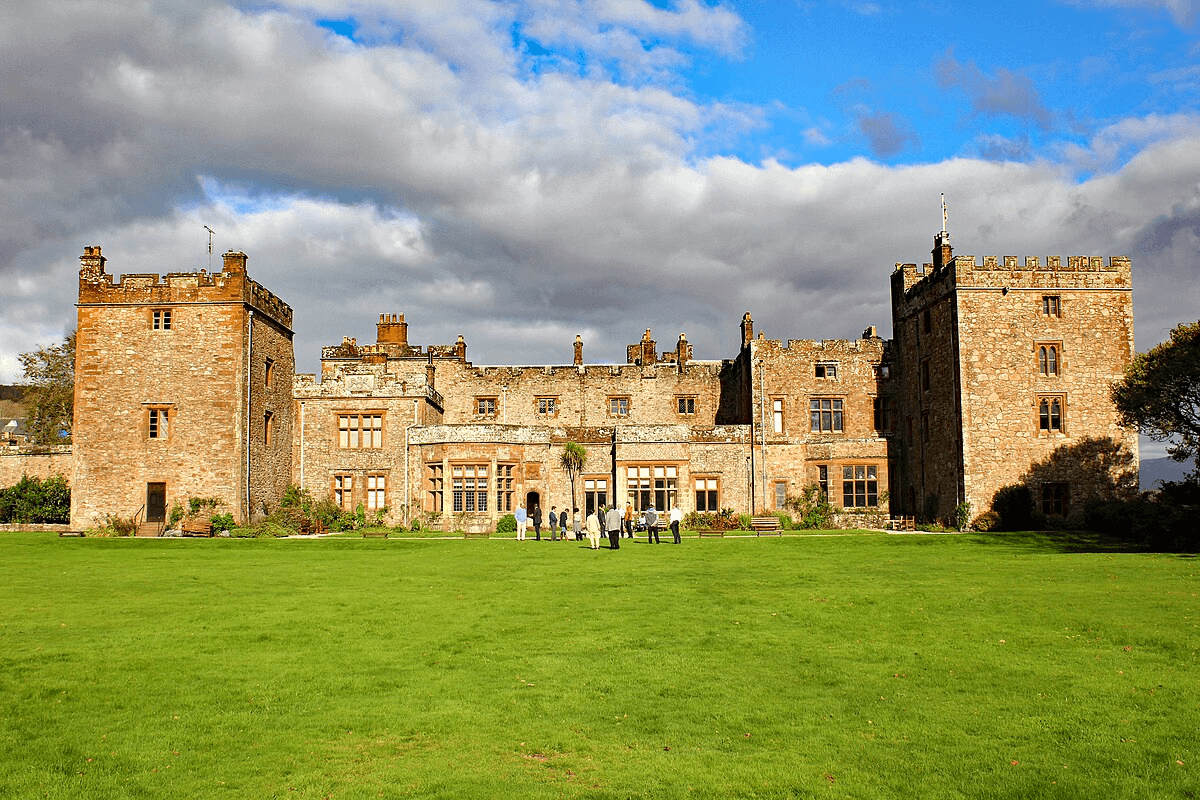
Brief History: Muncaster Castle, perched on the western edge of the Lake District, has been the home of the Pennington family for over 800 years. Its history is a rich tapestry of medieval power struggles, architectural evolution, and deep-rooted family legacy. The castle is famed for its ghostly legends and its strategic importance throughout the centuries.
Architectural Highlights: Muncaster Castle showcases a mix of architectural styles, reflecting its long history and gradual development. Notable features include the Pele Tower, dating back to the 14th century, and the Tudor and Victorian additions that added domestic comfort and grandeur. The castle is surrounded by 77 acres of woodland garden, famous for its rhododendrons and azaleas.
Visitor Information: Muncaster Castle remains a family home but welcomes visitors to explore its historic rooms, extensive gardens, and enjoy daily displays of falconry. The castle offers a variety of visitor experiences, including guided tours, ghost tours, and special events throughout the year. Facilities include a café, gift shop, and accommodations. Information on opening times, ticket prices, and event schedules can be found on their website.
Photo Author Jeff Buck
Wray Castle

Brief History: Wray Castle is a Victorian neo-gothic building located on the shores of Lake Windermere. It was built in 1840 as a retirement home for Dr. James Dawson, a Liverpool surgeon, and his wife. Unlike traditional castles, Wray was built purely for aesthetic pleasure and as a demonstration of wealth, without any defensive features.
Architectural Highlights: The castle’s architecture is characterized by its mock-gothic style, with turrets, towers, and faux battlements. Its interiors, though not originally furnished in a lavish style, have been retrofitted by the National Trust to reflect Victorian tastes. The castle offers stunning views over Lake Windermere and the surrounding fells.
Visitor Information: Wray Castle is now managed by the National Trust and is open to the public. Visitors can explore its grand rooms, learn about its history, and enjoy family-friendly activities. The grounds and woodland walks around the castle are accessible for hiking and offer scenic views of the lake. Though the castle’s interior is unfurnished, it serves as a venue for exhibitions and events. Check the National Trust website for opening times, admission prices, and event listings.
Sizergh Castle
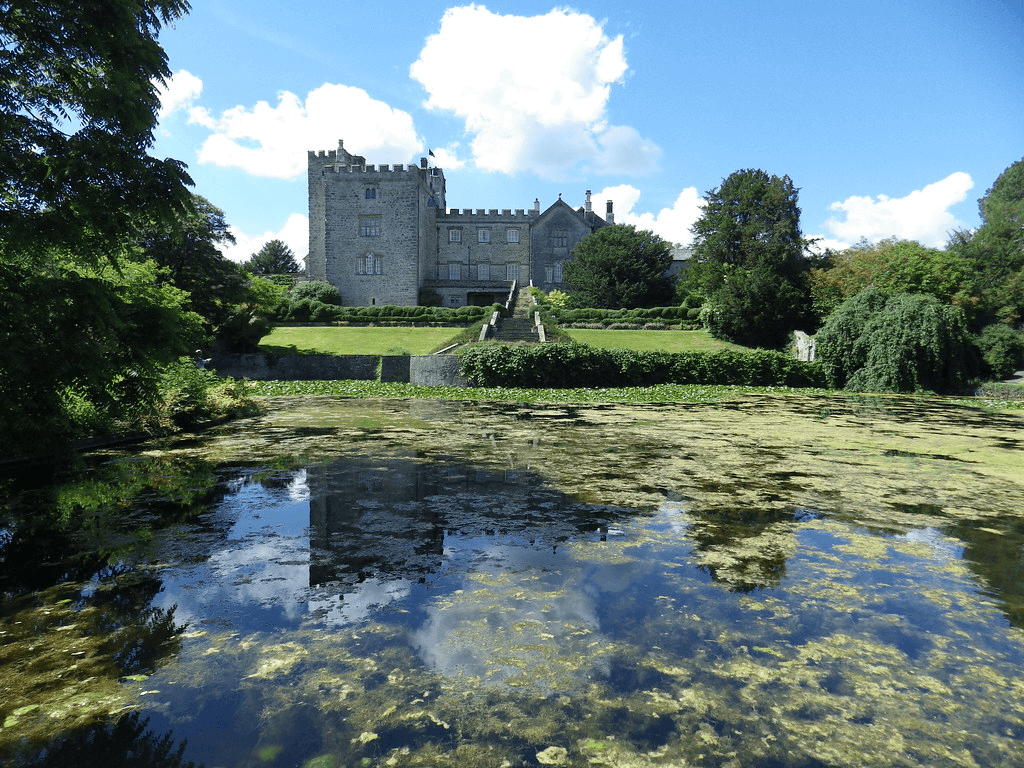
Brief History: Sizergh Castle, with its origins in the Middle Ages, has been the stately home of the Strickland family for more than 750 years. This historic house, nestled at the gateway to the Lake District, has seen continuous enhancements, from its medieval tower to the Elizabethan extensions, reflecting the family’s rising fortunes and status.
Architectural Highlights: The castle is renowned for its beautiful Elizabethan carvings and paneling, along with a notable collection of English and French furniture. The interior houses a remarkable Elizabethan Inlaid Chamber, with intricately designed woodwork. The surrounding estate features a richly planted garden and a limestone rock garden, offering a glimpse into the historical landscape design.
Visitor Information: Sizergh Castle is managed by the National Trust and welcomes visitors to explore its historic rooms, gardens, and estate. The property also features a café and shop. Visitors can enjoy guided tours, walks in the extensive gardens, and seasonal events. For opening times, ticket information, and event schedules, refer to the National Trust website.
Penrith Castle
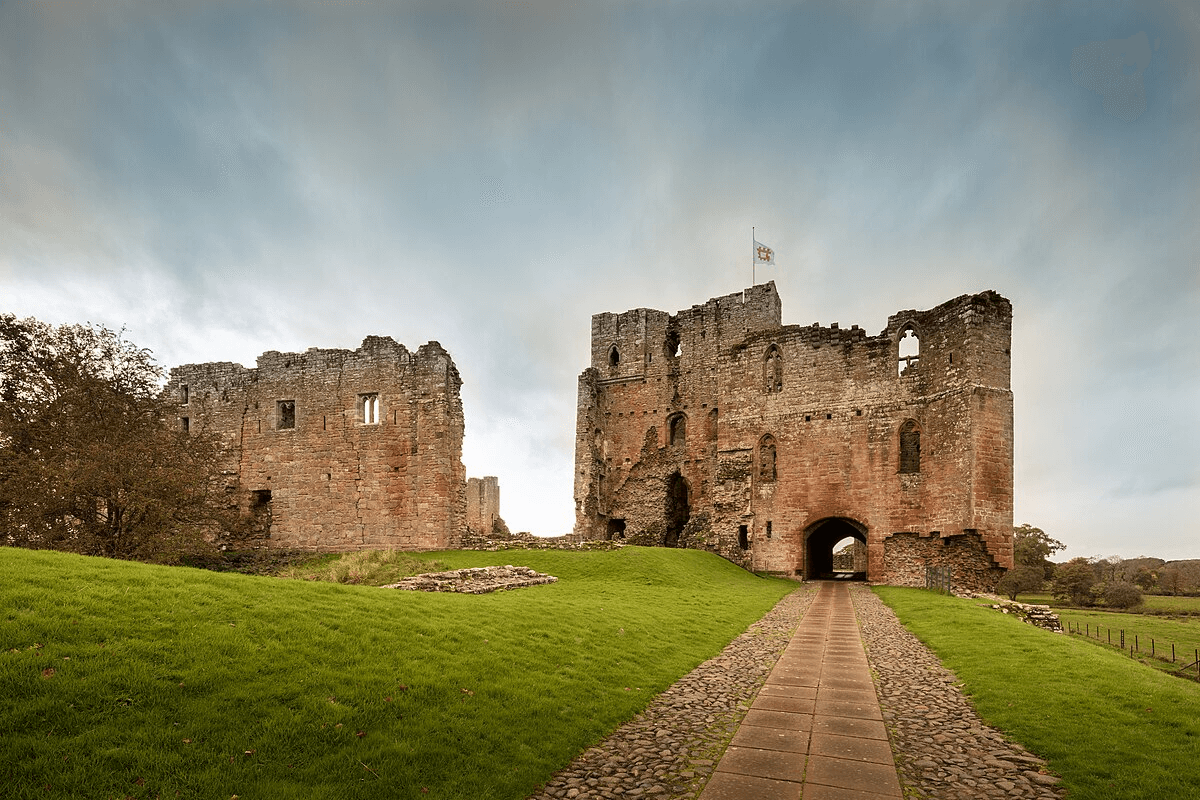
Brief History: Penrith Castle began as a simple pele tower in the late 14th century and was expanded into a formidable fortress by Ralph Neville in the early 15th century. Its strategic importance was highlighted during the Wars of the Roses. Later, it served as a royal fortress for Richard, Duke of Gloucester, before falling into ruin.
Architectural Highlights: Although now a ruin, Penrith Castle’s remains offer valuable insights into late medieval military architecture. The red sandstone walls still standing display the layout of the castle, including remnants of living quarters, the gatehouse, and defensive structures, showcasing the transition from military stronghold to a more residential space.
Visitor Information: Penrith Castle is situated in a public park in the town of Penrith, making it freely accessible to visitors throughout the year. While there are no guided tours, informational panels are placed around the site to educate visitors on its history and significance. The castle’s location makes it a convenient stop for those exploring the town or the wider Lake District area.
Appleby Castle
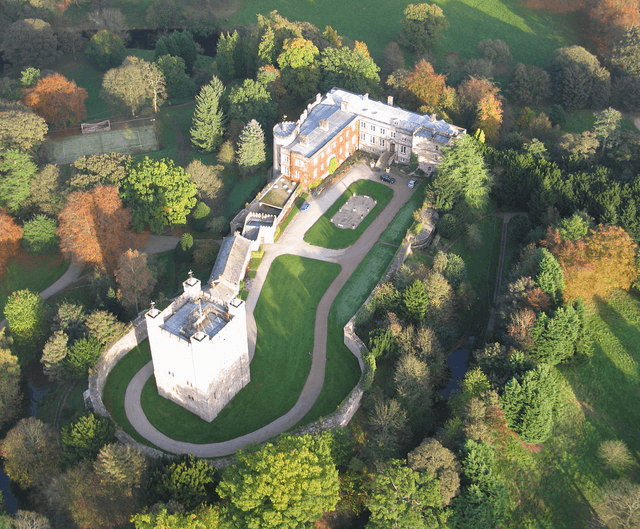
Brief History: Appleby Castle, a historic fortress set in the heart of the Eden Valley, has a rich history dating back to the Norman conquest when it was established to control the Westmorland area. The castle has been the seat of the Lords of Westmorland and has played a significant role in English history, notably during the English Civil War.
Architectural Highlights: The castle is best known for its Norman keep, one of the few remaining intact in England, offering panoramic views of the surrounding countryside. The site has been developed over the centuries, including the addition of a mansion house in the 17th century, combining medieval, Tudor, and Georgian architectural elements. The well-preserved interiors and extensive archives provide a deep dive into England’s feudal and social history.
Visitor Information: Appleby Castle remains a private residence but is open to the public for guided tours, which offer insights into its history, architecture, and the families that have lived there. The castle also hosts events, has accommodation options, and offers activities such as archery and fishing. For more information on visiting hours, tour bookings, and events, please visit their official website.
Photo Author Simon Ledingham
Kendal Castle
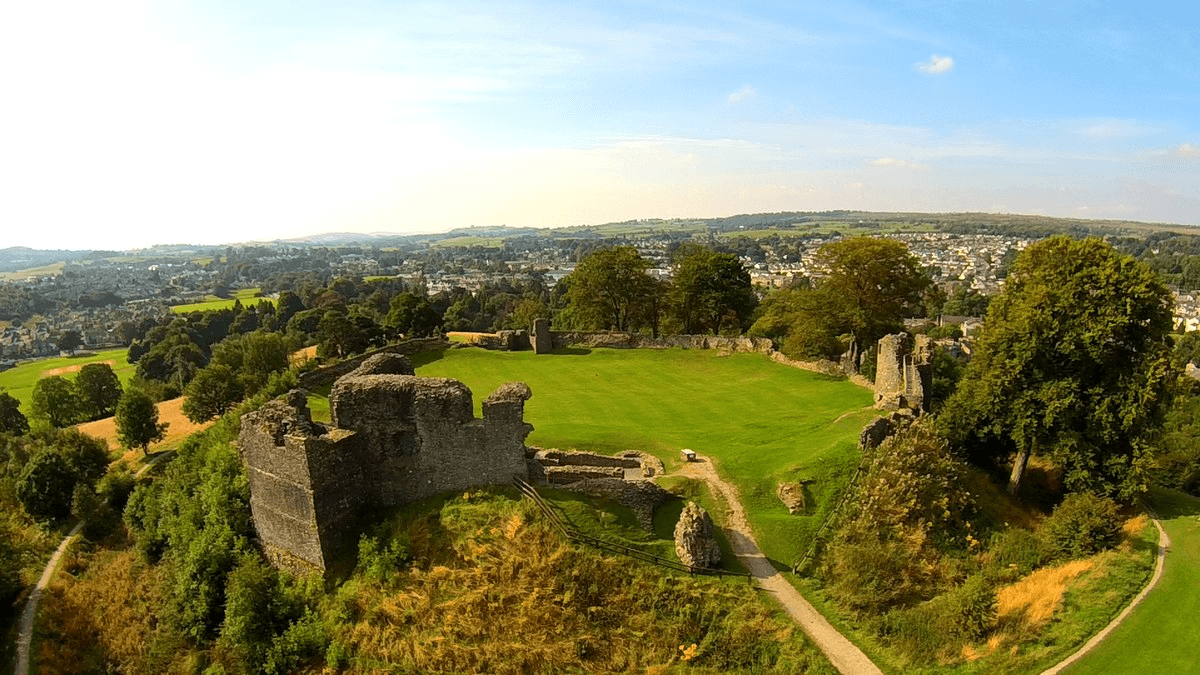
Brief History: Though now in ruins, Kendal Castle dates back to the 12th century and is believed to have been the birthplace of Catherine Parr, the sixth wife of Henry VIII. The castle served as the administrative center of the Barony of Kendal, playing a significant role in the region’s governance and economy until it was abandoned in the 16th century.
Architectural Highlights: The ruins of Kendal Castle, situated on a hill overlooking the town, provide a glimpse into medieval life. The remains include parts of the curtain wall, several towers, and the great hall. Despite its current state, the castle’s position offers stunning views of Kendal and the surrounding countryside.
Visitor Information: Kendal Castle is freely accessible to the public year-round, with no admission fee. Visitors can explore the ruins at their own pace, with information boards throughout the site providing historical context. The castle’s elevated position makes it a popular spot for picnics and offers excellent opportunities for photography.
Photo Author Anglovirtual
Brough Castle

Brief History: Brough Castle, located in the Eden Valley, has a history that stretches back to the Roman era, with the site initially occupied by a Roman fort. The castle itself was established by the Normans in the 11th century and underwent various phases of construction and reconstruction, especially after significant damage by a fire in the 16th century.
Architectural Highlights: The castle’s ruins include the keep, parts of the curtain wall, and the gatehouse, showcasing the evolution of military architecture over centuries. Notable is the castle’s adaptation and the integration of domestic living spaces within its defensive structures, reflecting the changing needs and comforts of its inhabitants.
Visitor Information: Brough Castle is managed by English Heritage and is open to the public. Visitors can explore the ruins and enjoy the adjacent 17th-century farm buildings, which have been converted into a café and exhibition space. Entry to the castle grounds is free, offering a budget-friendly option for those interested in England’s rich history.
Castle Crag
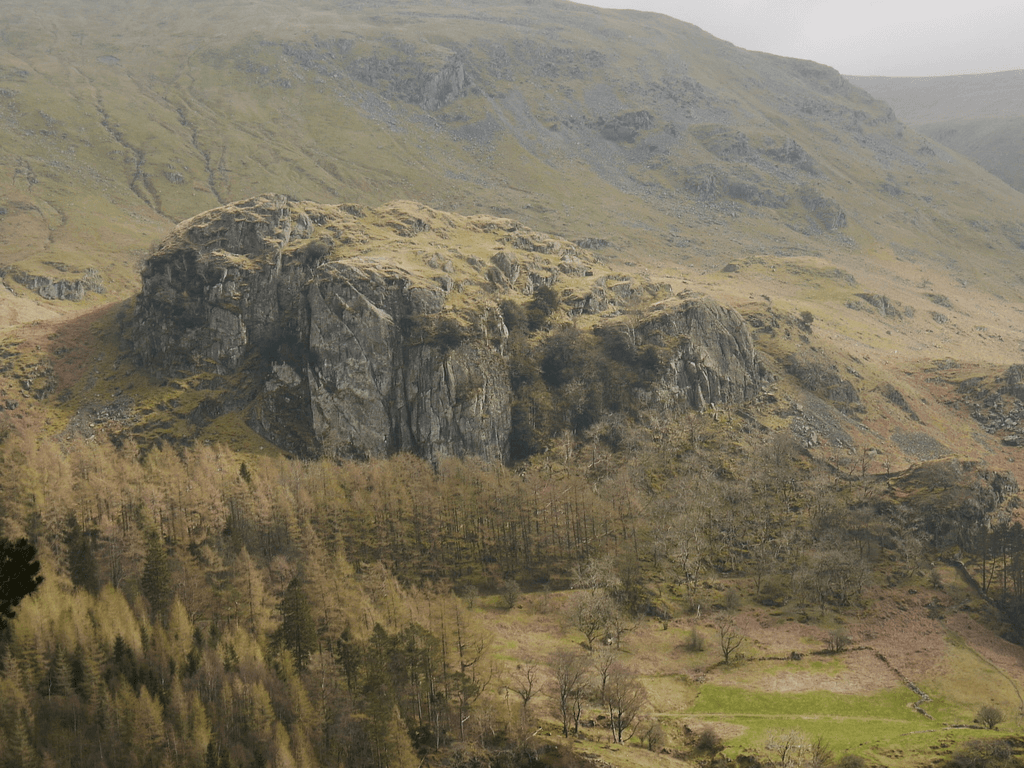
Brief History: Castle Crag is the smallest hill in the Lake District classified as a Wainwright, but its significance is monumental. It lies within the valley of Borrowdale and is believed to have been a hill fort in the Iron Age. The site offers a unique blend of natural beauty and historical significance, with remnants of slate mining adding to its layered history.
Architectural Highlights: While not a castle in the traditional sense, Castle Crag’s natural rock formations and the strategic positioning of ancient fortifications offer a unique perspective on prehistoric defensive architecture. The summit provides breathtaking 360-degree views of Borrowdale and surrounding peaks, making it a favorite among hikers and history enthusiasts alike.
Visitor Information: Castle Crag is accessible via a number of walking routes, with varying levels of difficulty. There is no admission fee, as it is part of the National Trust-owned land in Borrowdale. The climb to the summit requires some effort but is rewarded with unparalleled scenic beauty and a sense of historical connection to the land.
Photo Author Silence-is-infinite
Cockermouth Castle
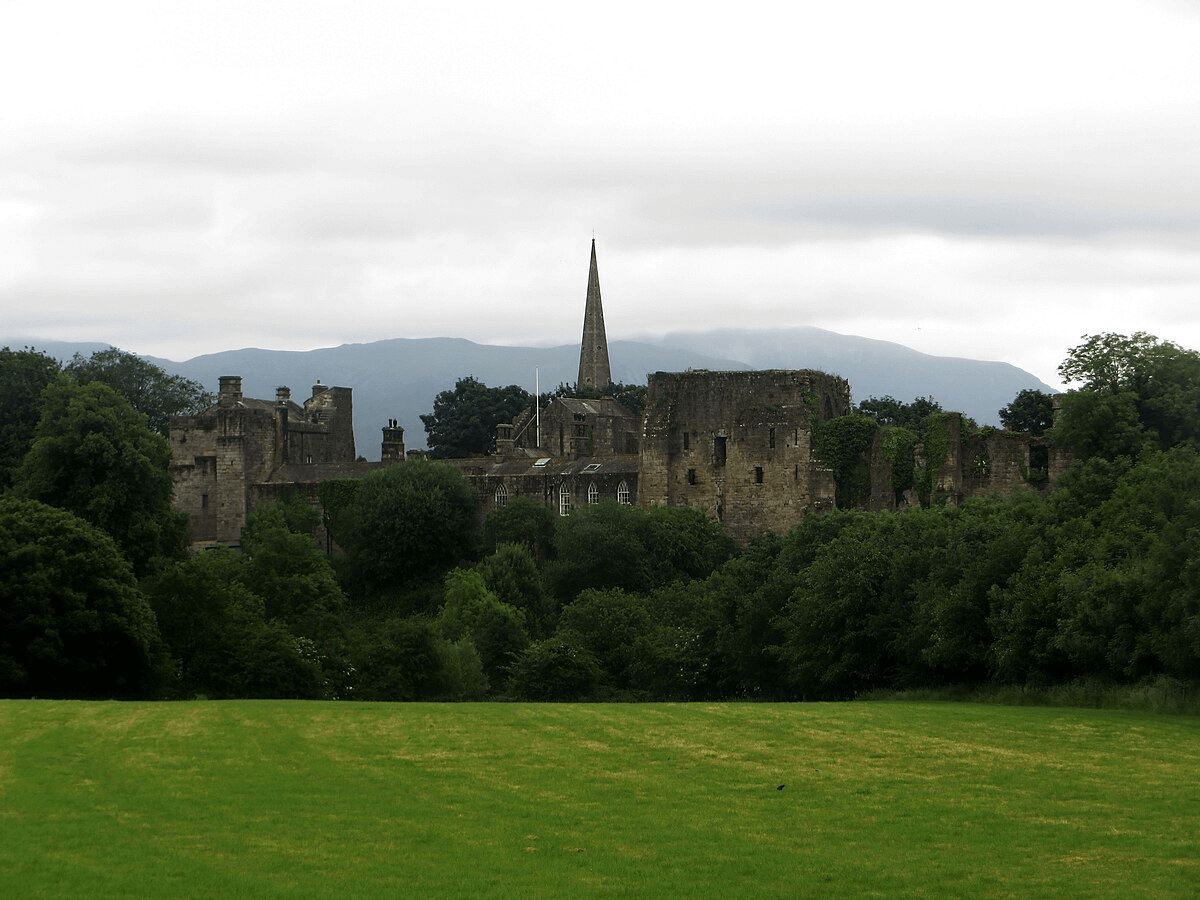
Brief History: Cockermouth Castle, with origins dating back to the Normans in the 12th century, has a storied history of sieges and ownership changes, particularly during the English Civil War. It was originally built for defense but was later expanded and refined into a stately home.
Architectural Highlights: The castle features a mix of medieval and post-medieval architecture, with significant portions surviving in various states of preservation. Key elements include the Norman keep, the 13th-century gatehouse, and the luxurious additions made in the Tudor period. The juxtaposition of defensive and domestic architecture offers insights into the castle’s evolution over centuries.
Visitor Information: Cockermouth Castle remains a private residence but opens its doors to the public during special events, such as the annual Heritage Open Days. Visitors have the opportunity to explore parts of the castle and its grounds, guided by knowledgeable historians. Information about these events can typically be found on
Photo Author Graham Robson
